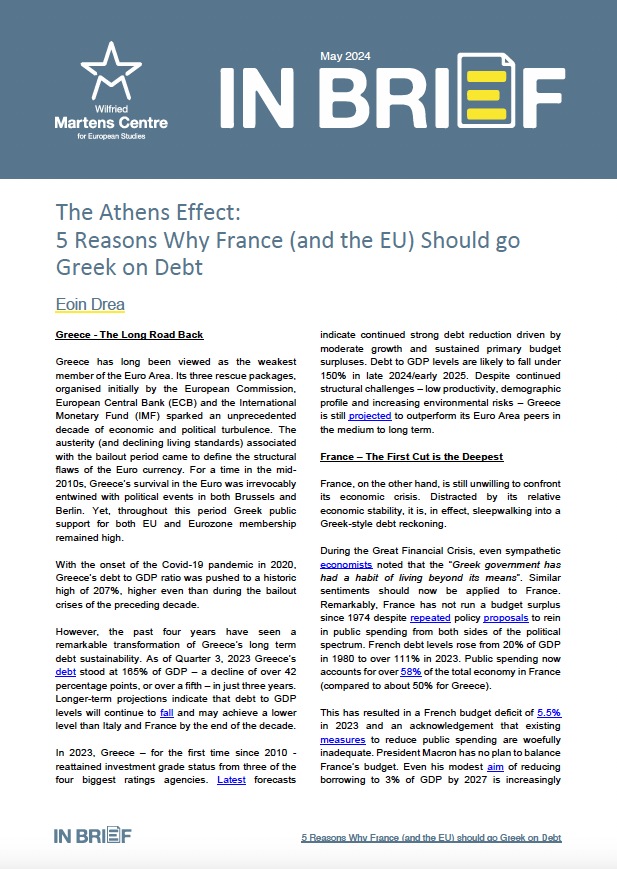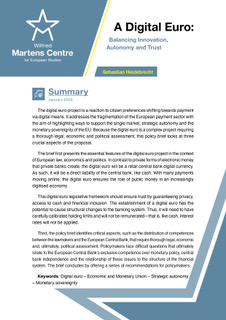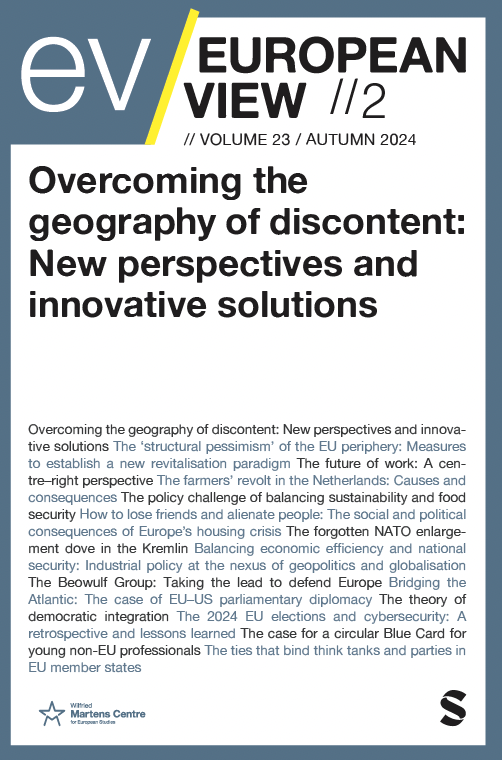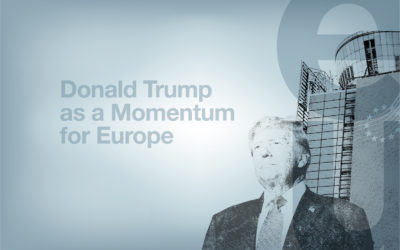Telecoms Investment: 3 Steps to Create a Broadband Infrastructure for a Digital Europe
07 September 2016
In the early 2000s, it appeared that the European Union would continue to lead the world in telecommunications. It accounted for the largest share of private investment in telecommunications infrastructure; it had six handset manufacturers accounting for more than half of the world’s phones; and a continental agreement on 3G/UMTS which became the global mobile standard.
But the EU’s lead was short lived. Instead the US and Asia emerged. Today there are no more European handset manufacturers. 4G eclipsed 3G. The US is on track to have half of all its mobile broadband subscriptions as 4G by the end of 2016, while Europe will struggle to reach 30 percent. There is over €100 billion of additional investment required to achieve the Commission’s Digital Agenda goals.
This note examines the reasons behind the EU’s decline in global telecommunications leadership, notably a confused approach to telecom regulation and a regulatory framework which actually deters European enterprises from investment and innovation. 3 solutions are proposed to help close the gap in investment and to strengthen European enterprises so that they can invest/innovate and stimulate the demand for digital services.
These solutions are:
1. Removal of obsolete regulation on specific industries in favour of a general competition approach;
2. Update the competition framework to recognise the dynamic effect of digitally converged industries
3. Encourage public sector institutions to digitise as a means to help lagging European nations adopt the internet and achieve Digital Single Market (DSM) goals.
ENJOYING THIS CONTENT?

























